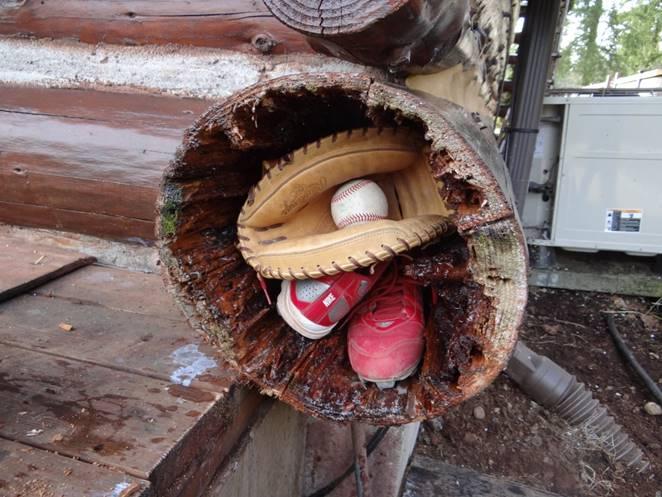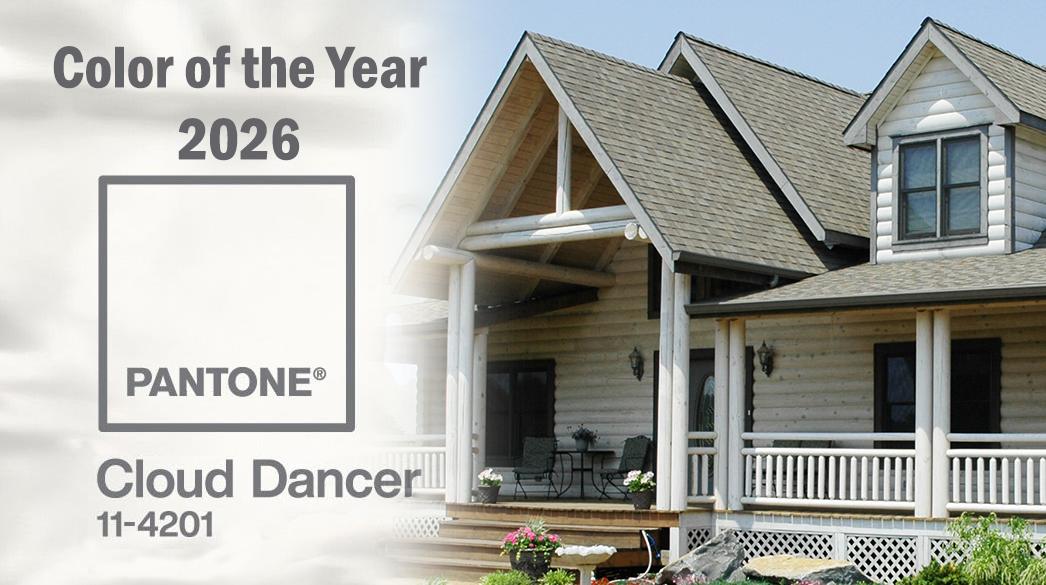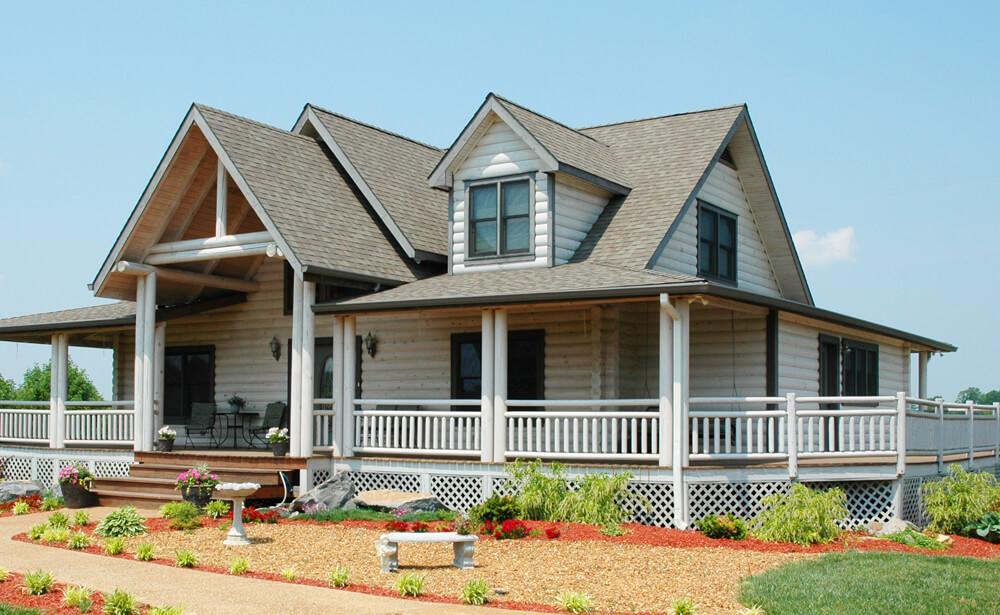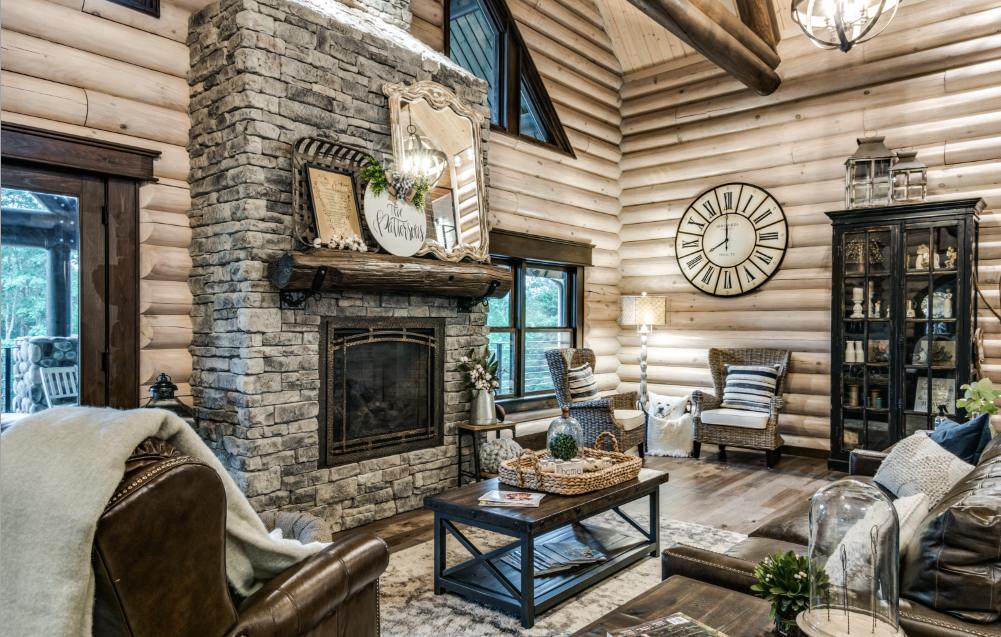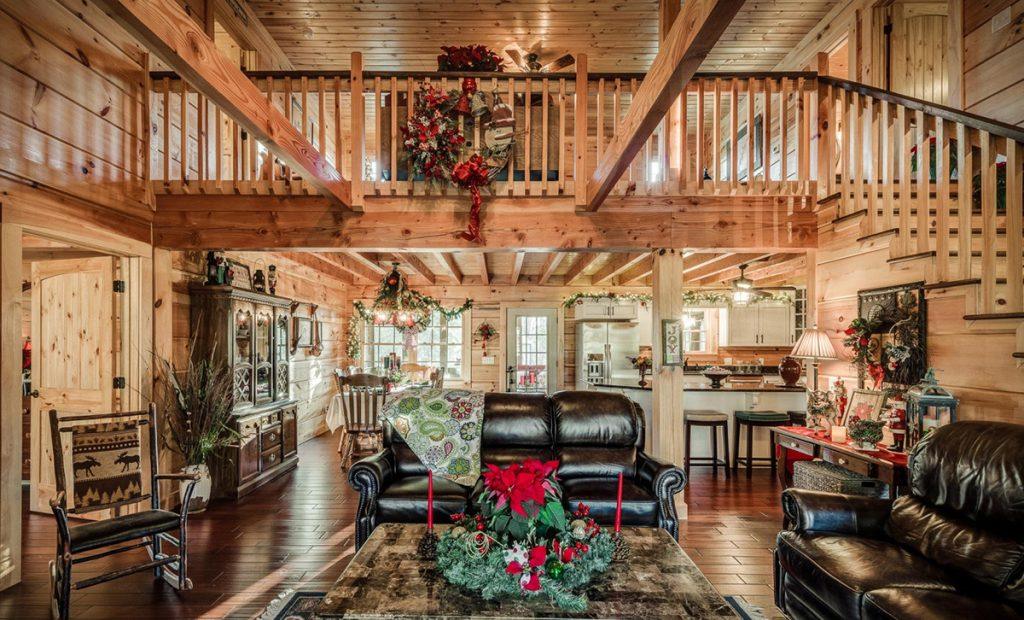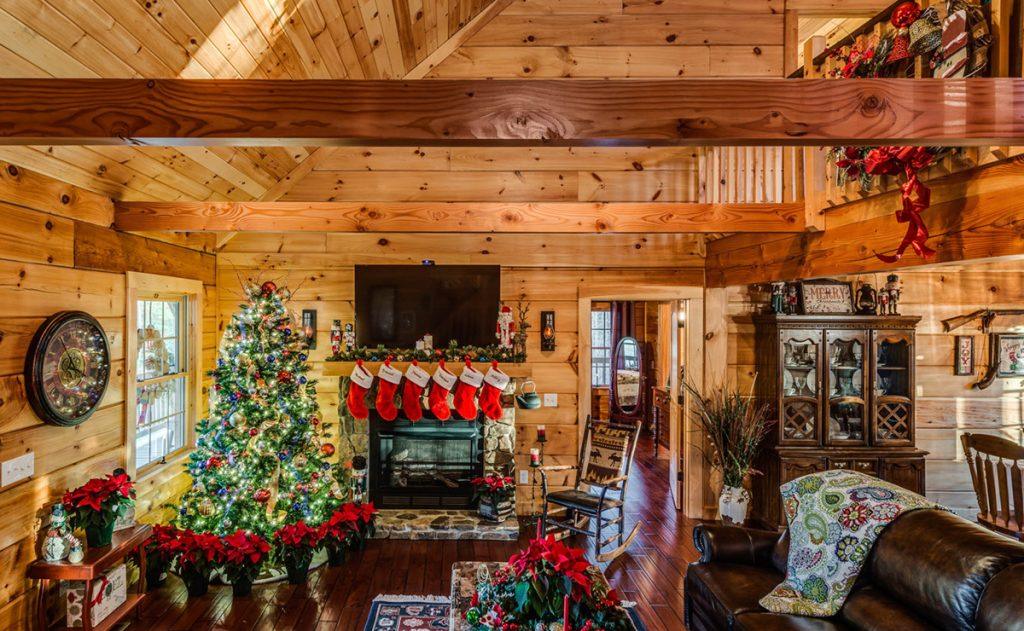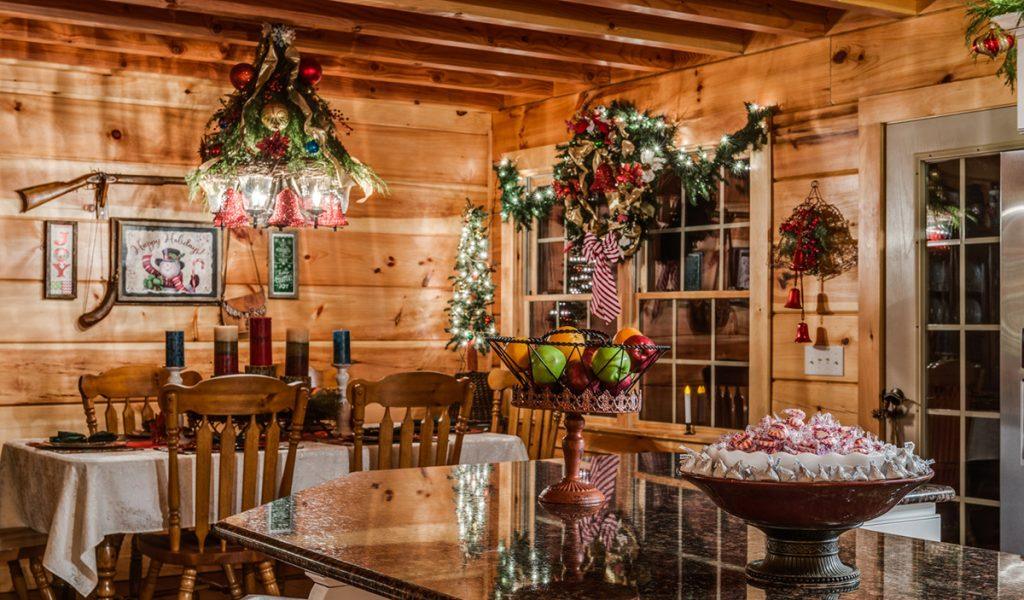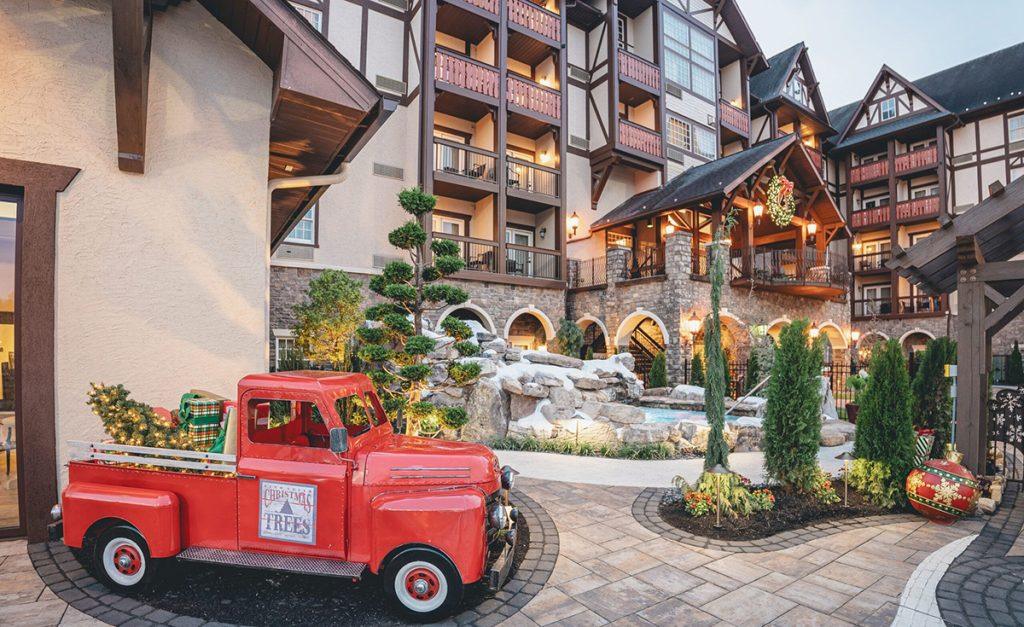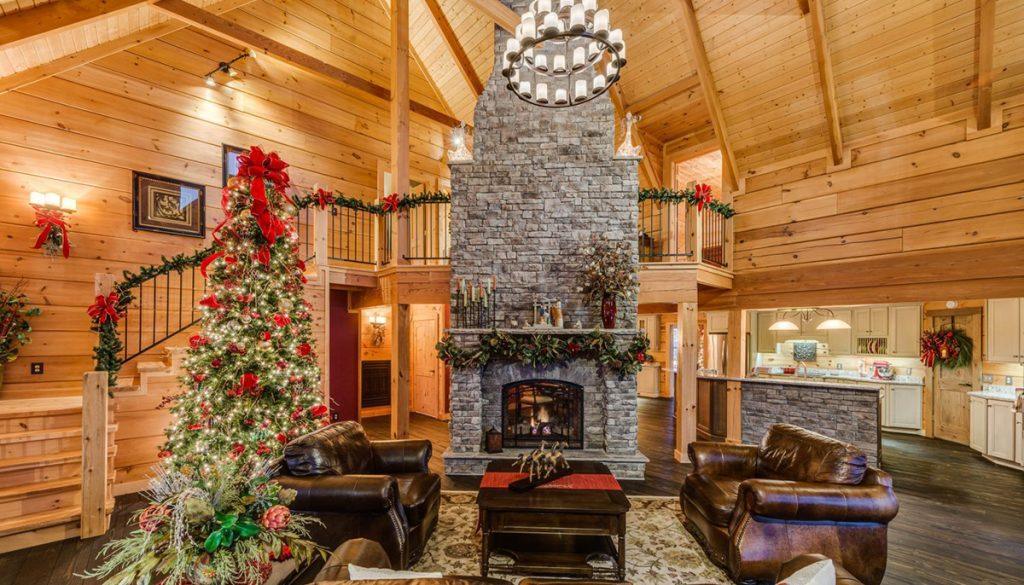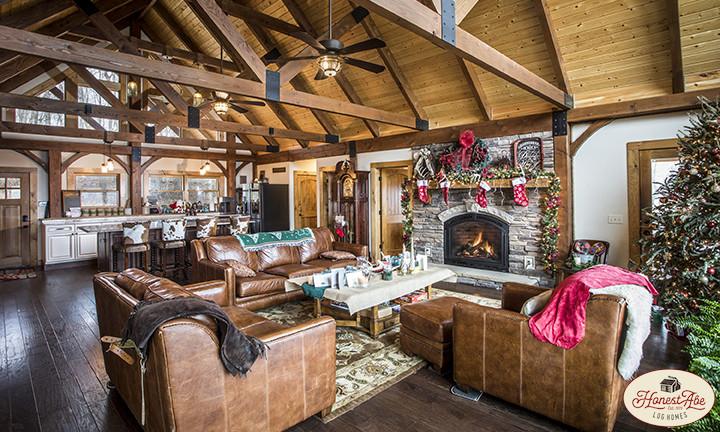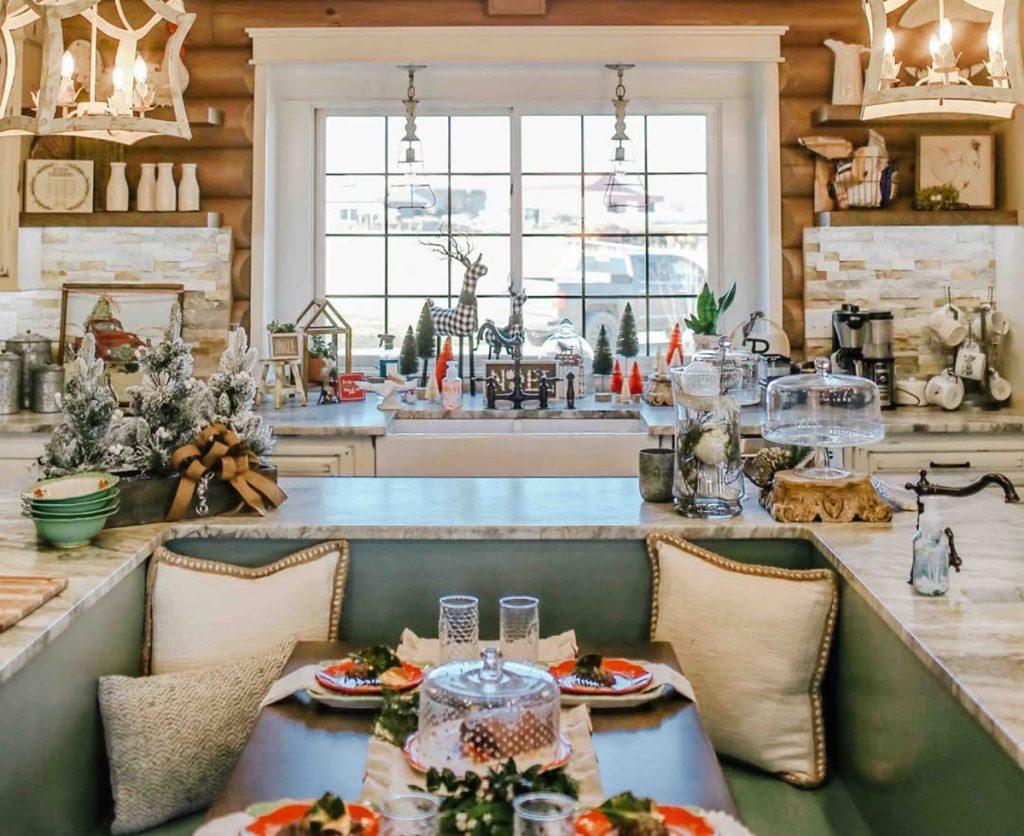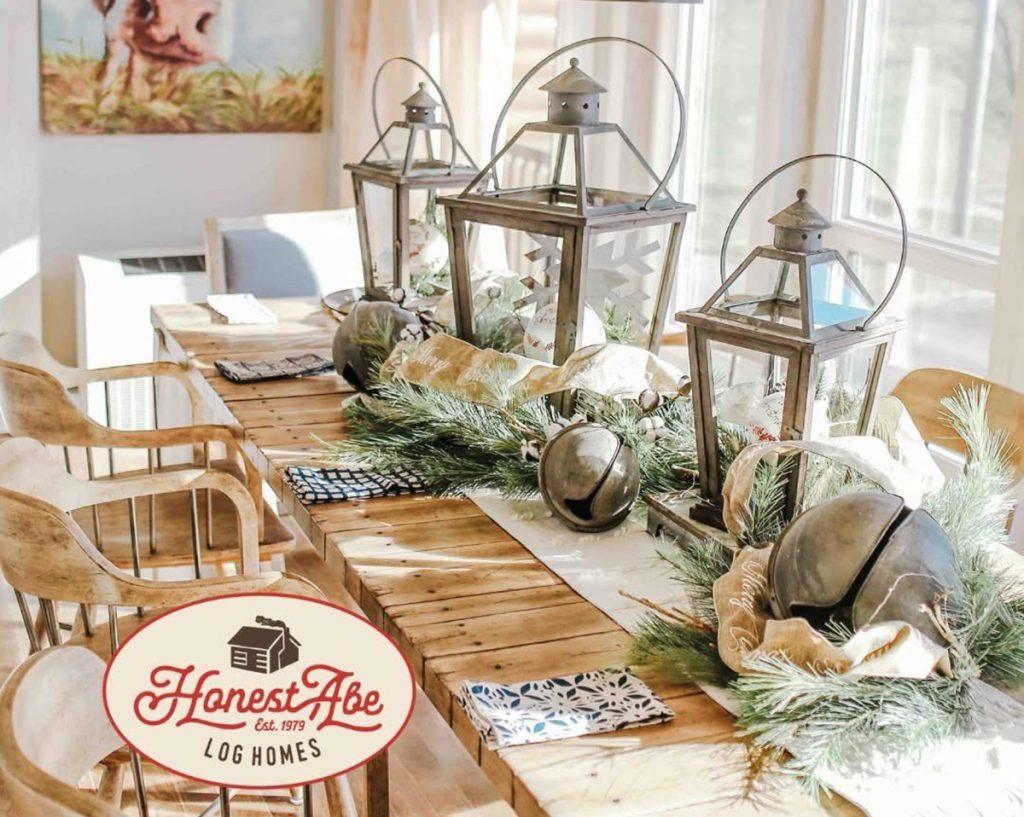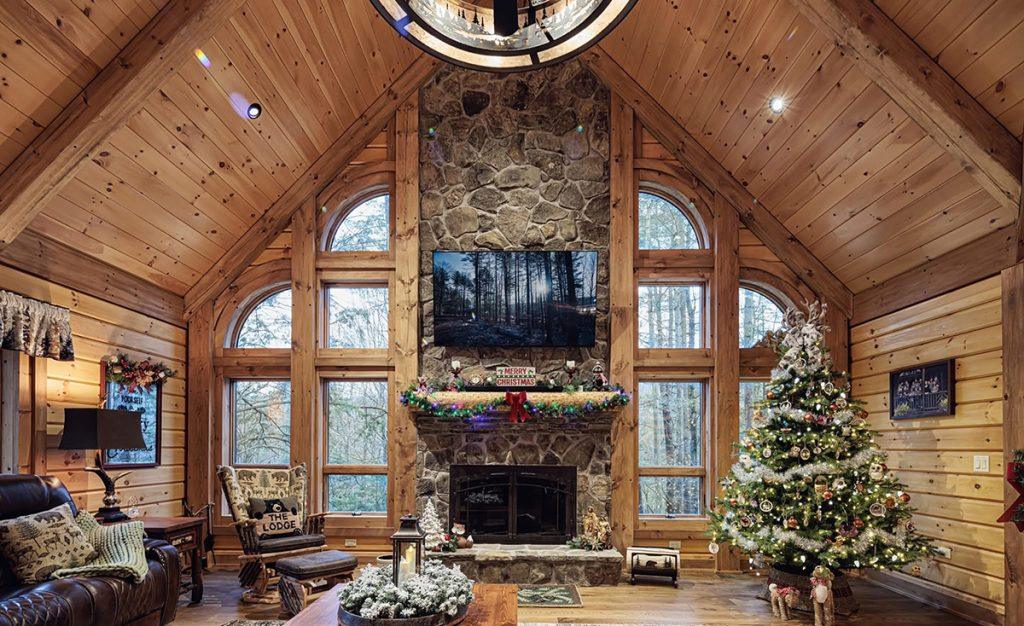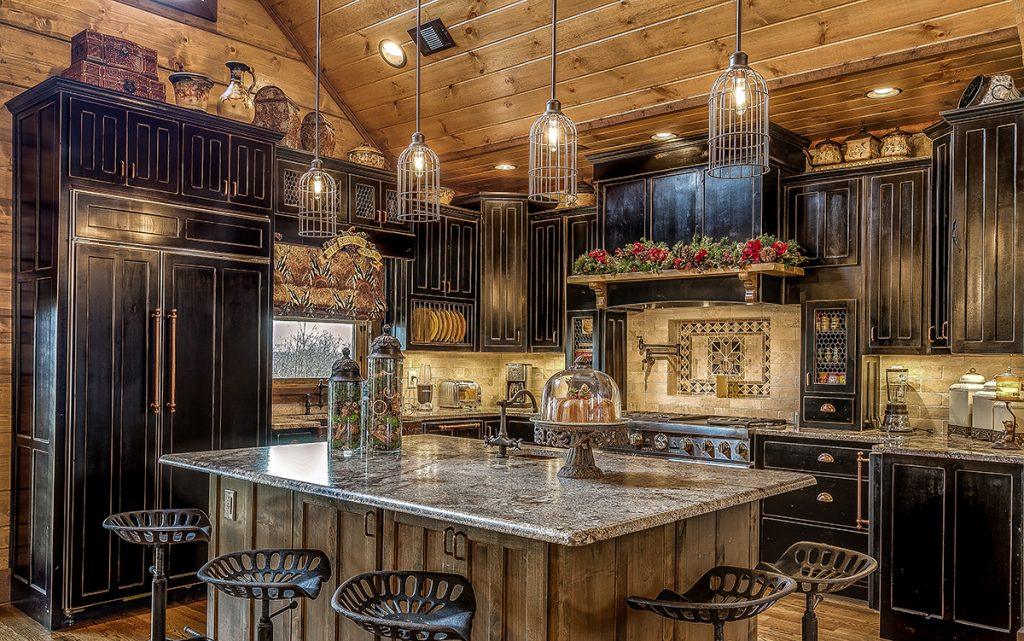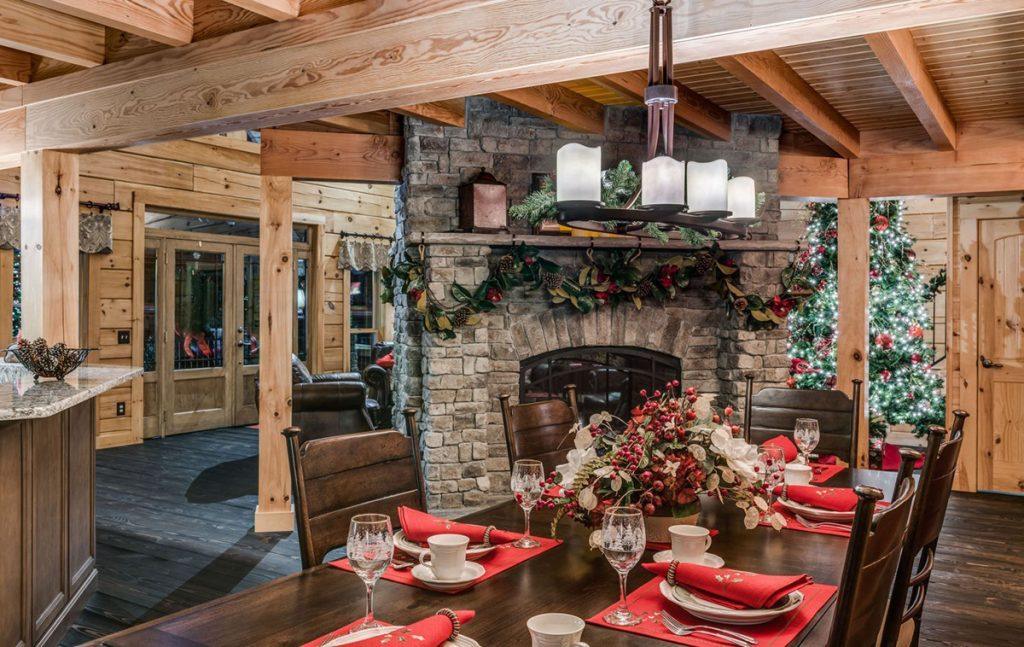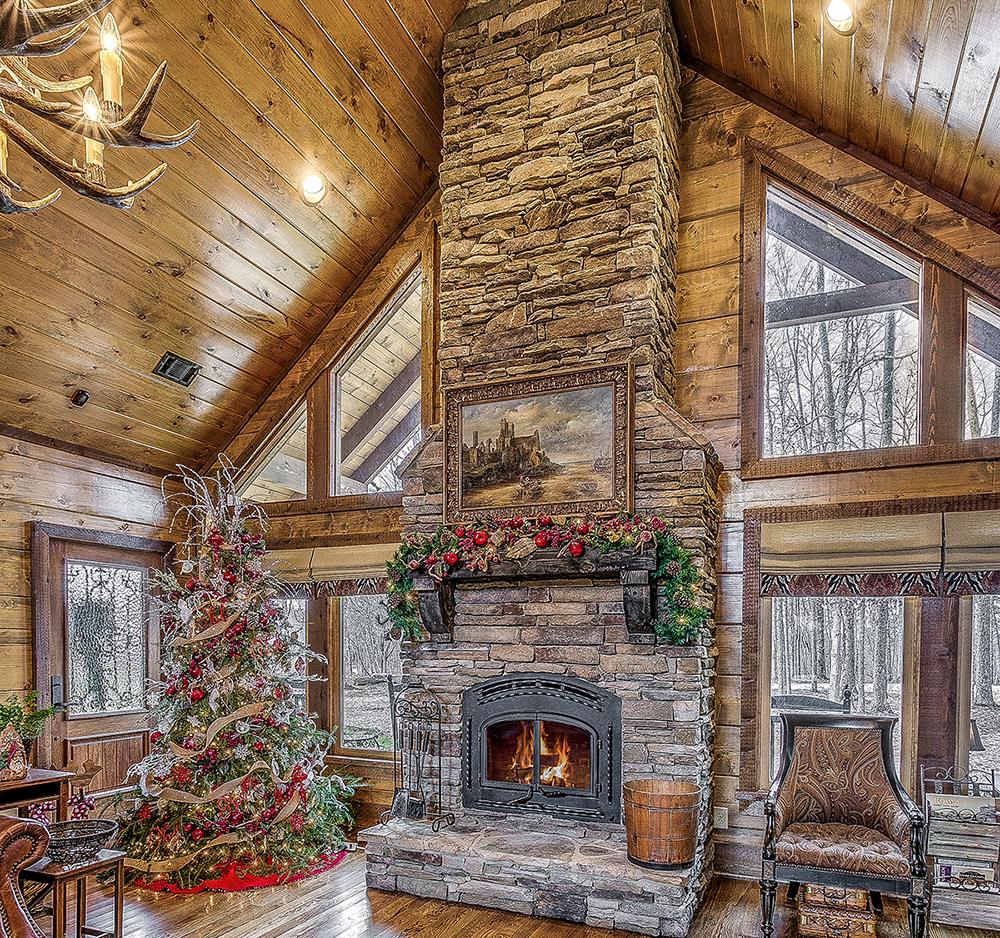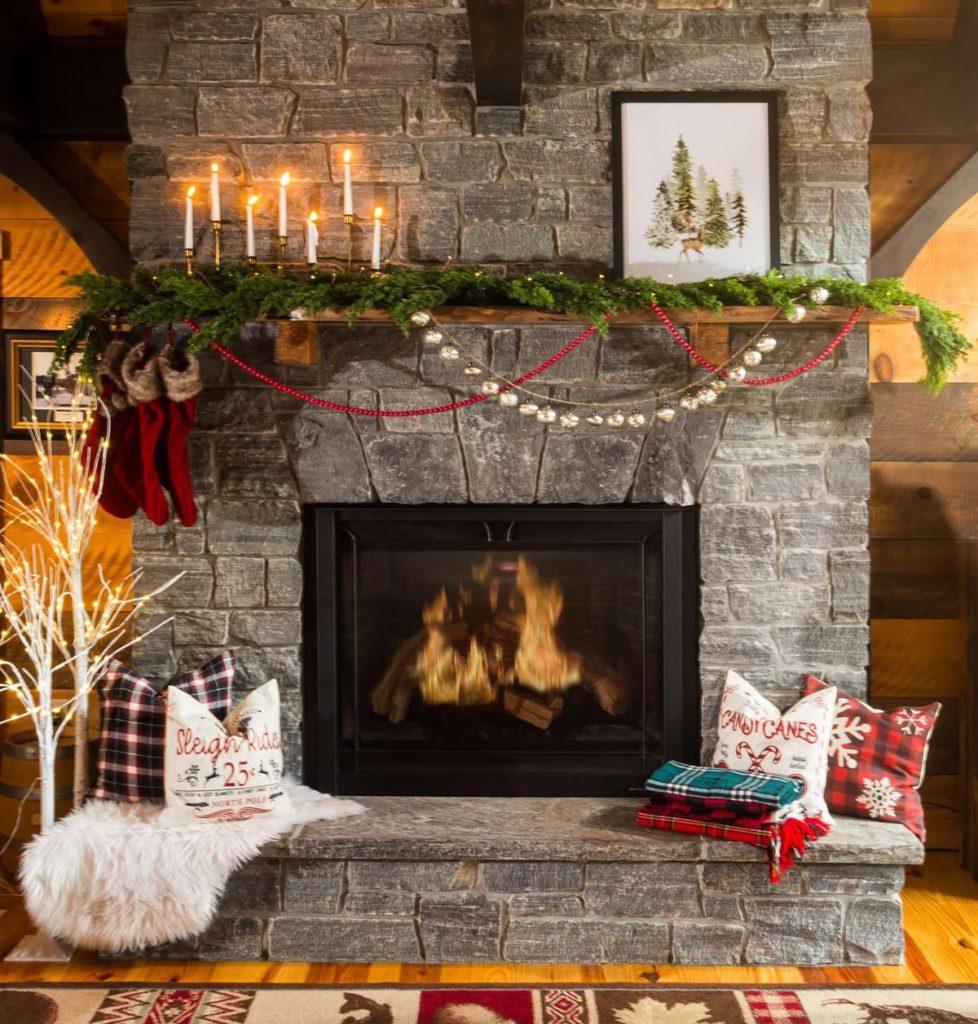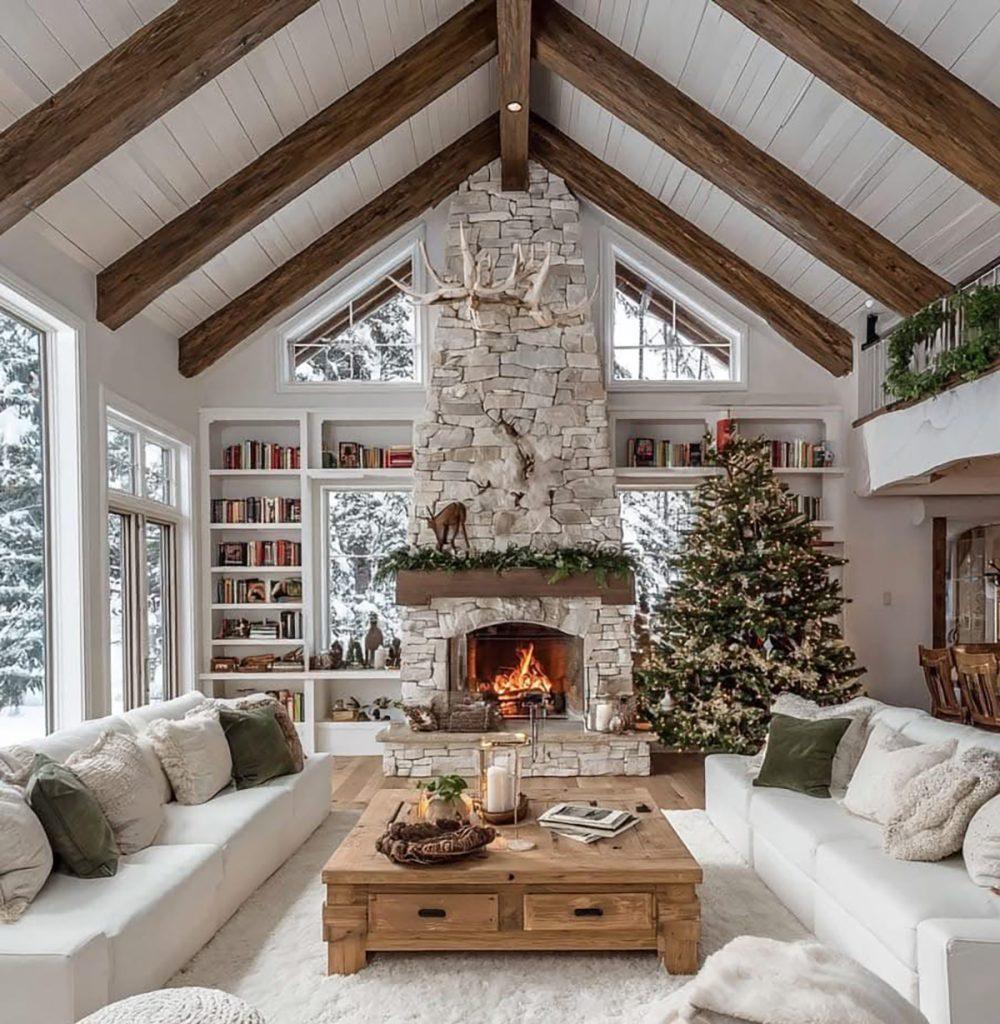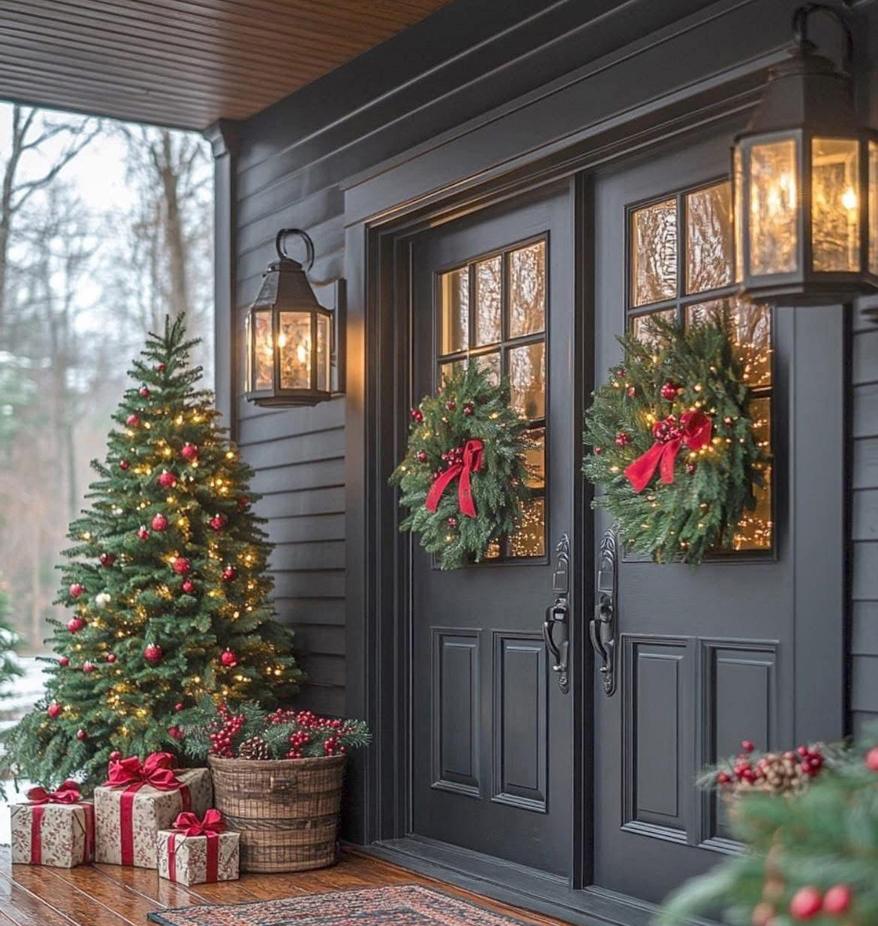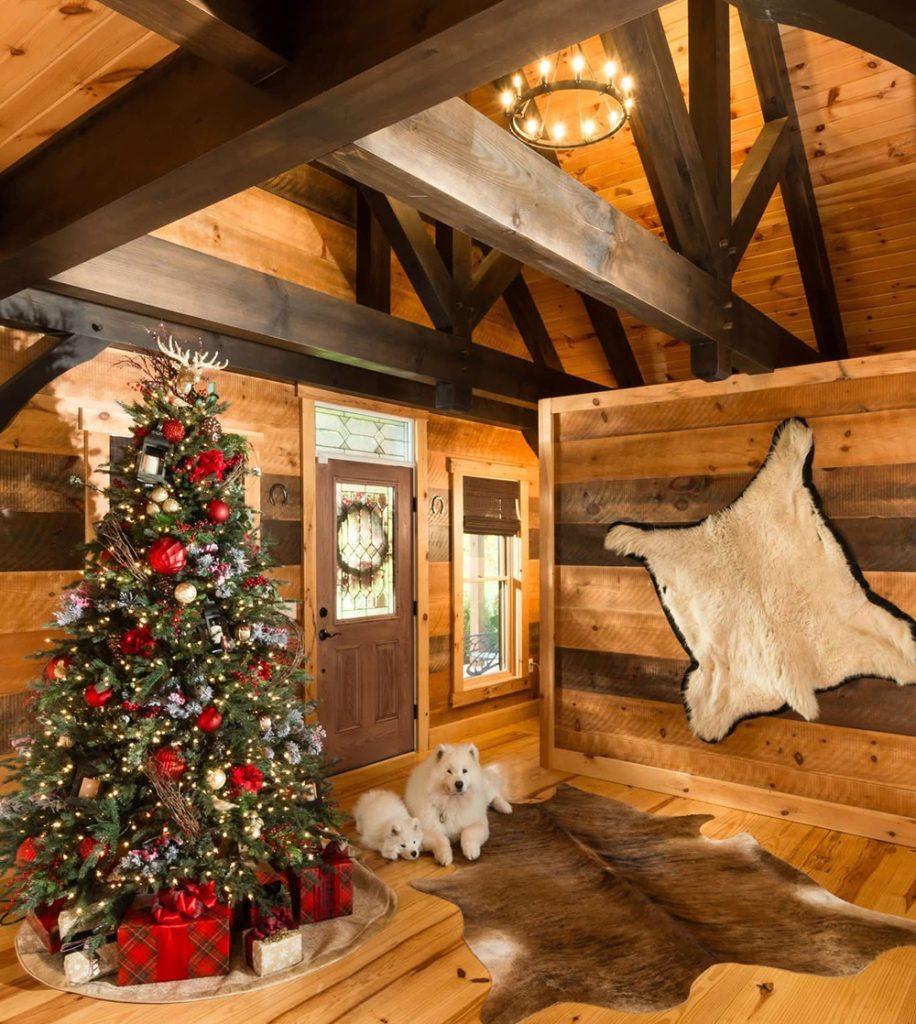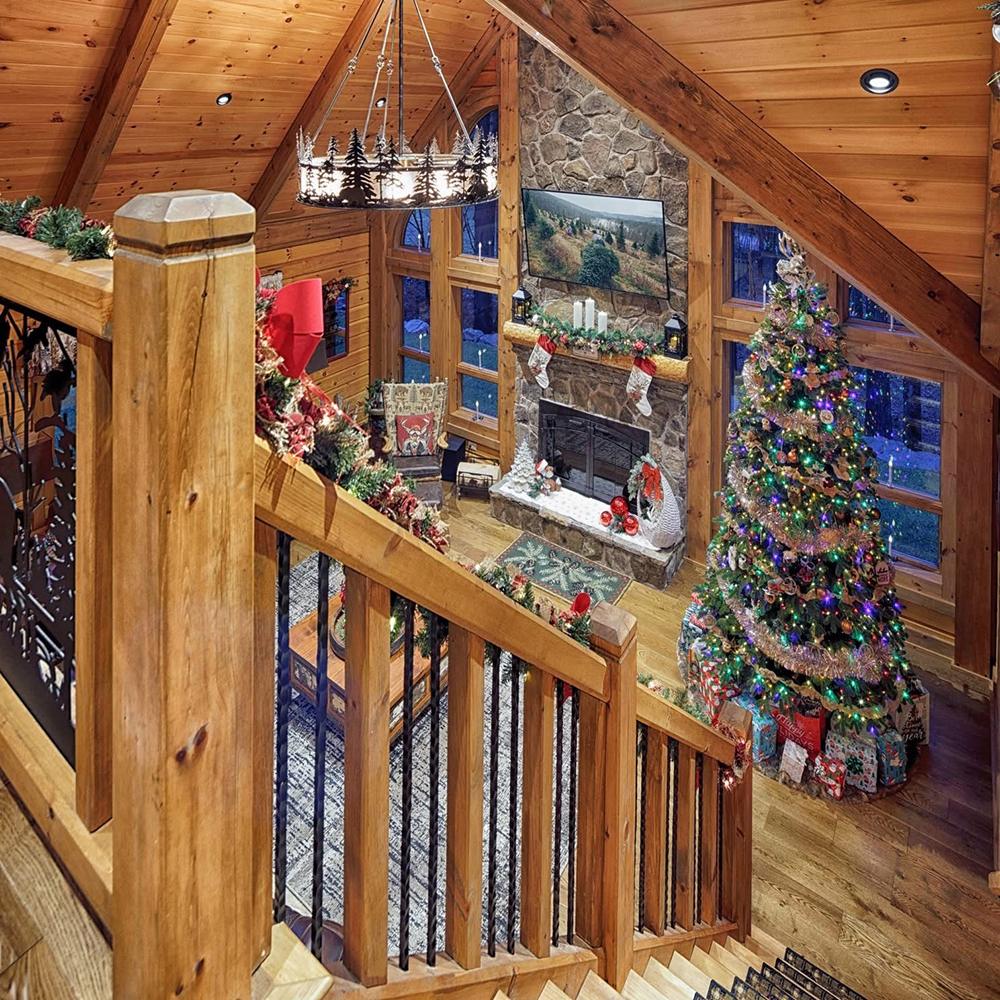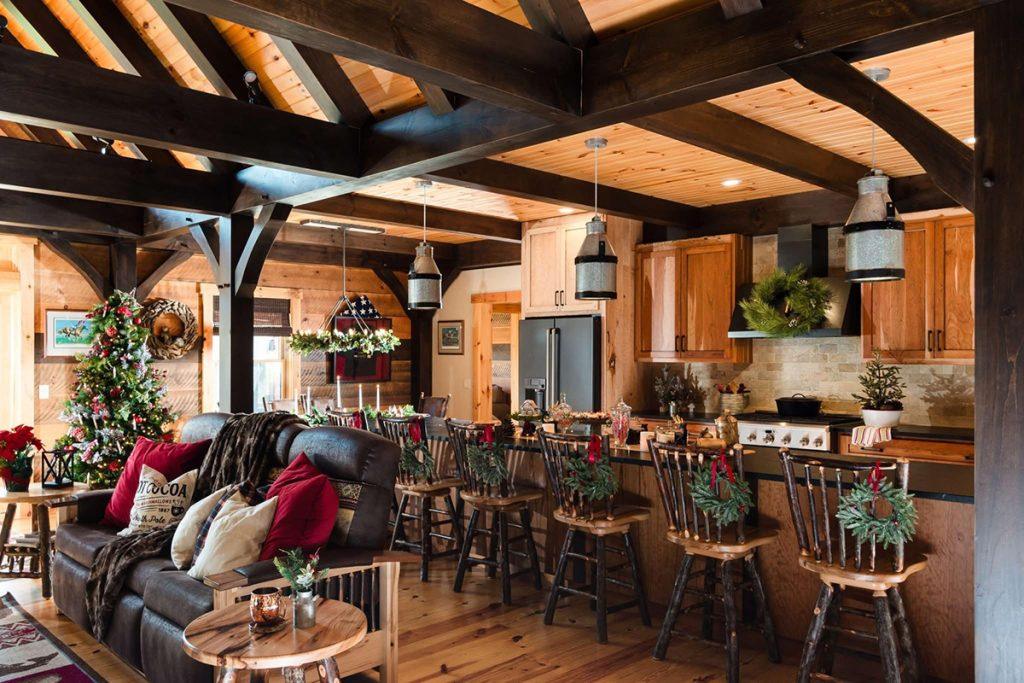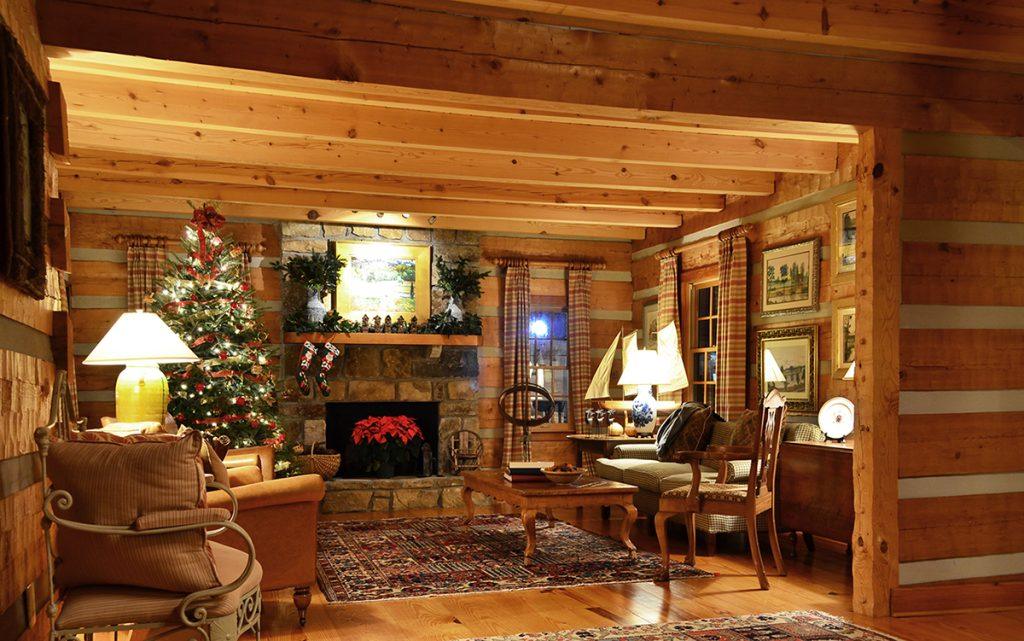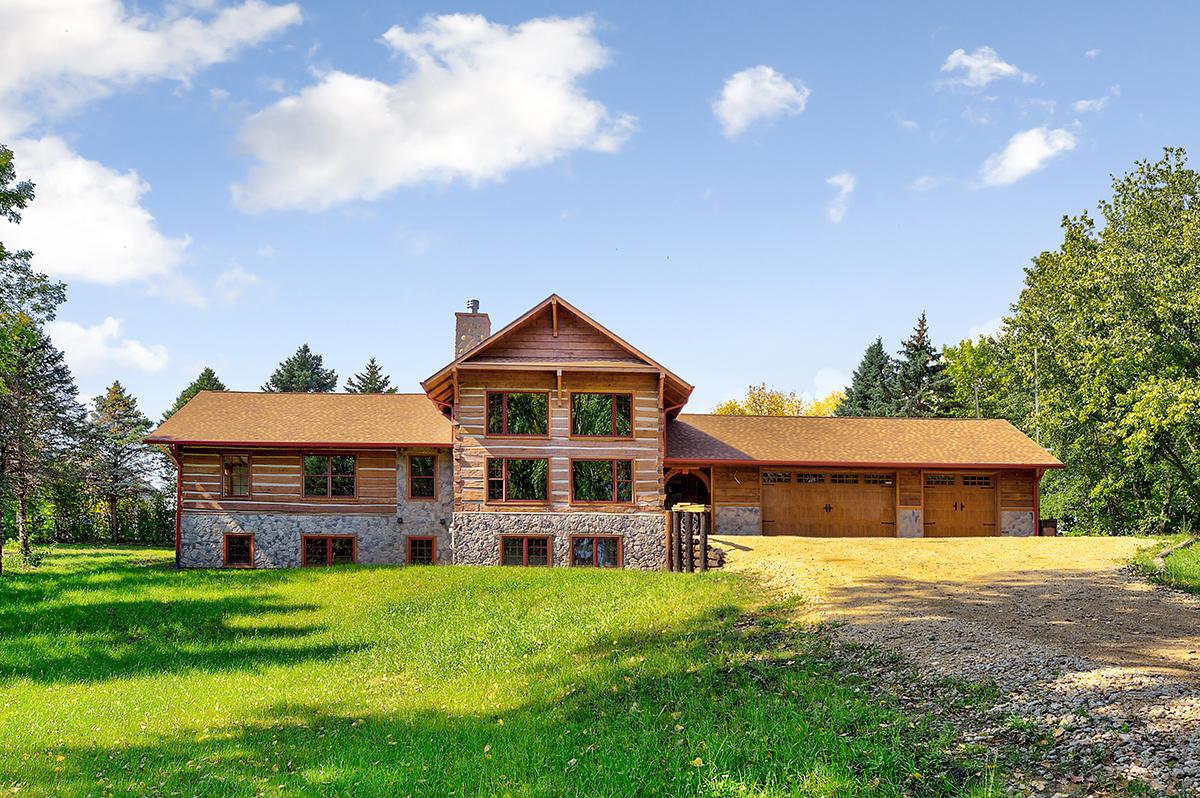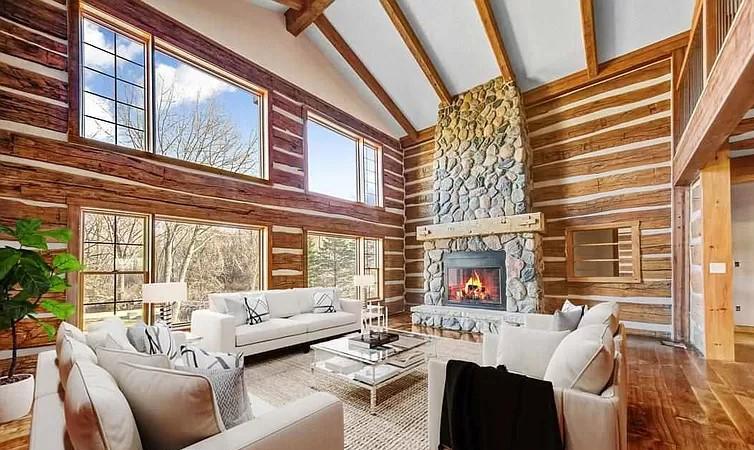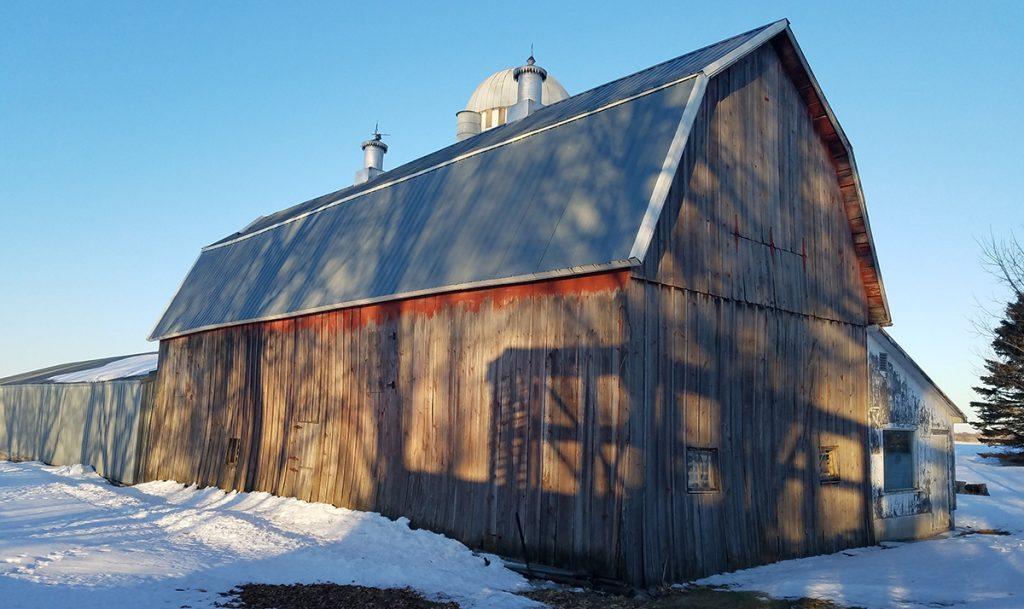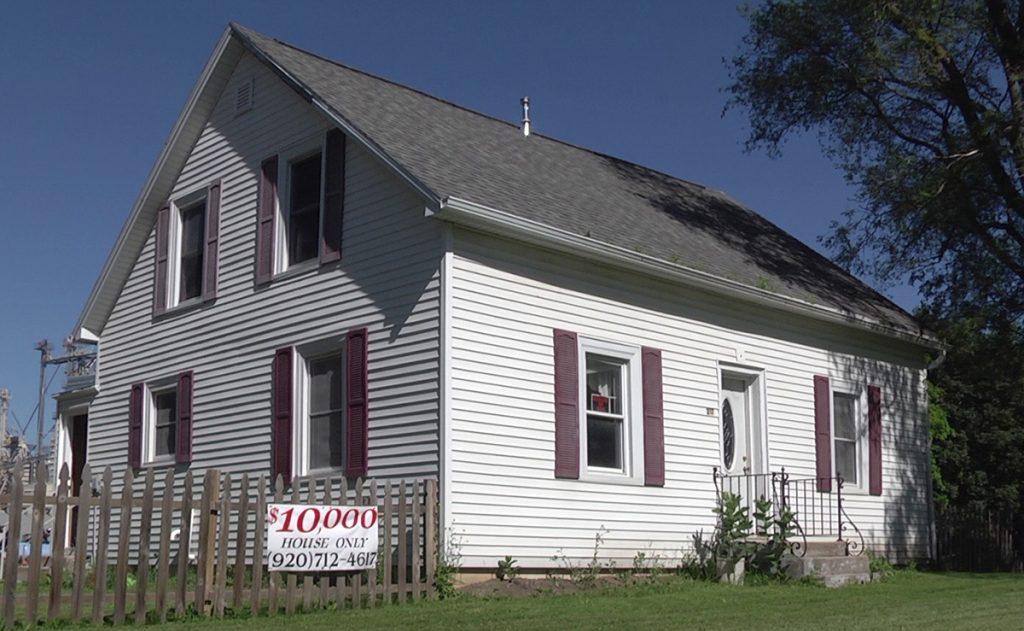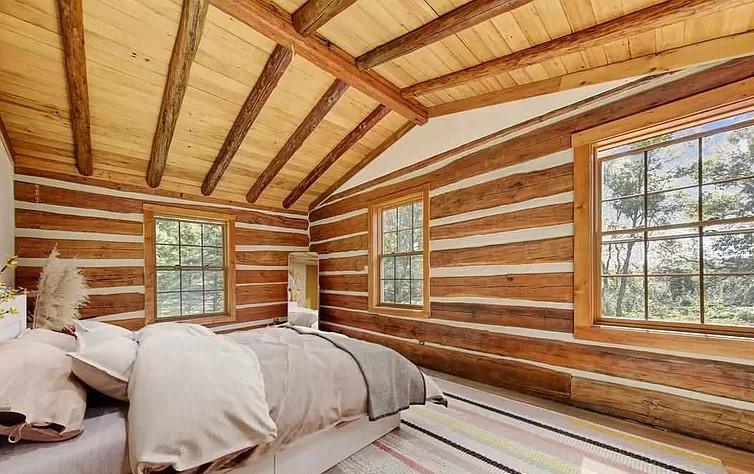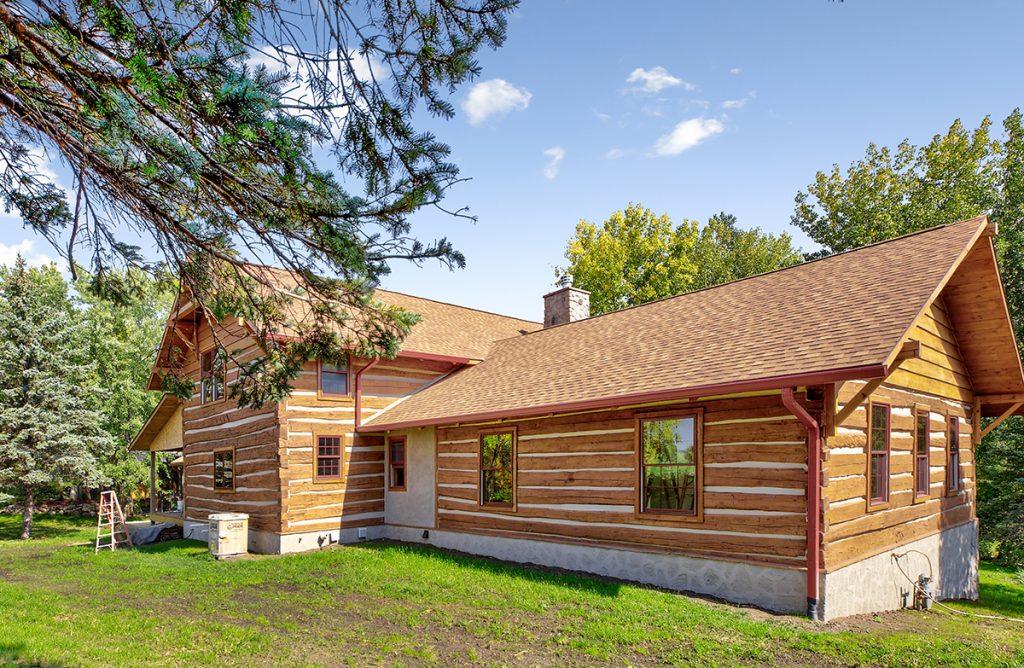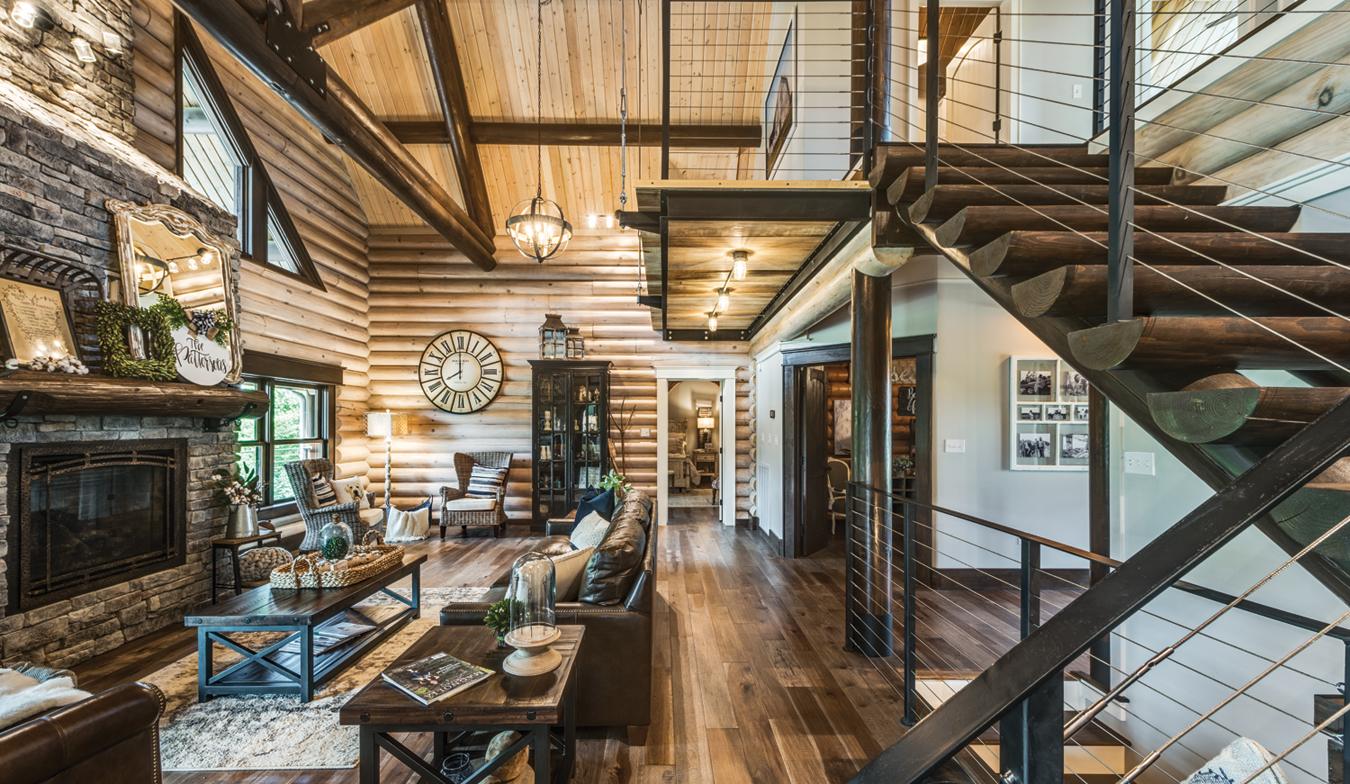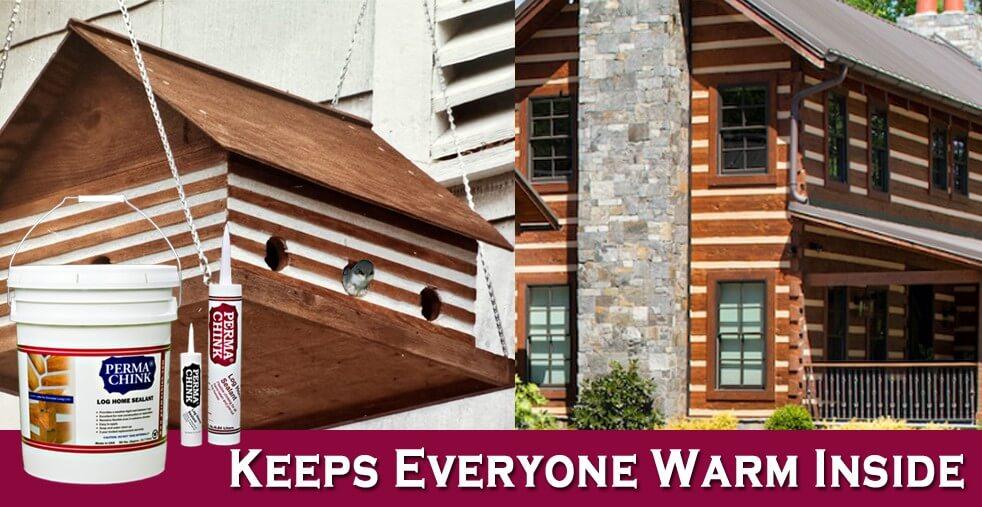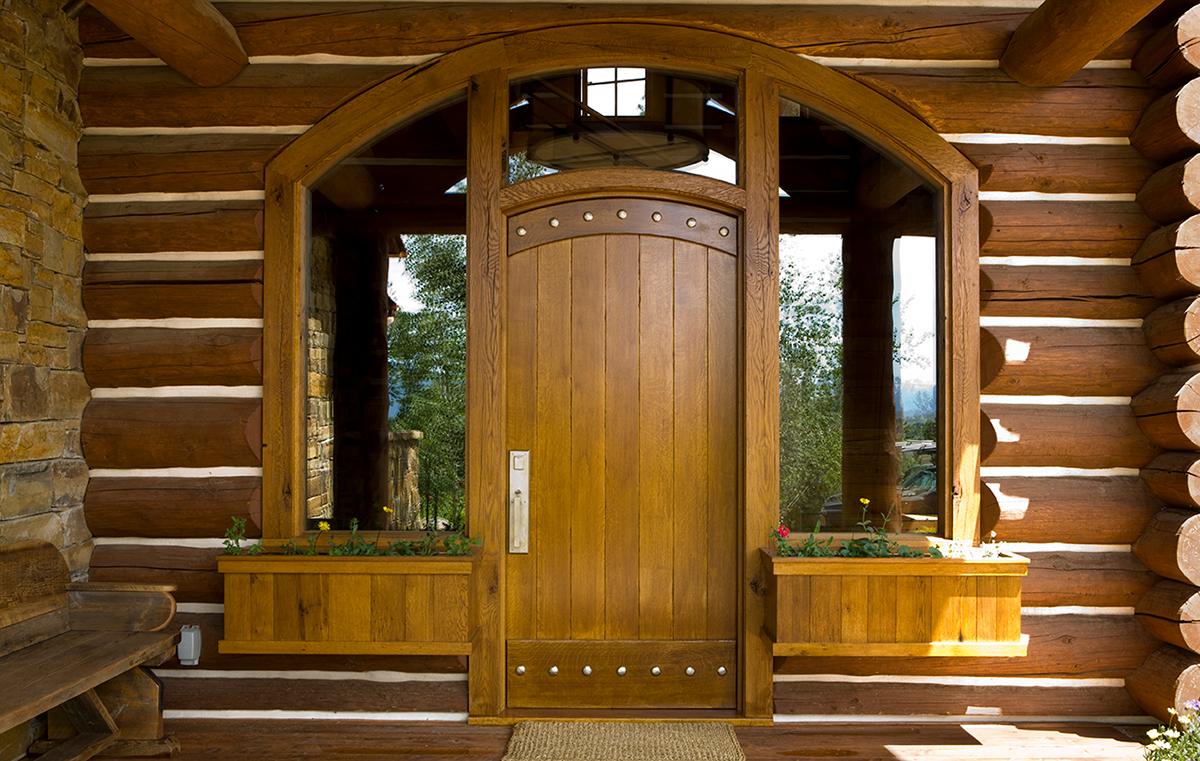A hollowed-out piece of timber on your home might make a convenient storage space for sports equipment or toys, but it’s a problem. Before you panic and list your home up on Zillow or Redfin, let’s take a look at the situation.
What To Do When You Find Log Rot?
How much decay have you found? If it’s not halfway deep through the log, or less than a couple of feet lengthwise, odds are it can be repaired easily. M-Balm and E-Wood from Perma-Chink Systems are specially formulated epoxies designed to repair decay and soft spots in homes. Large voids can be repaired with filler wood like 2×4 boards to add some rigidity to the repaired section.
The biggest threat to log homes is decay damage, caused by moisture-loving fungi. The three basic categories of wood-destroying fungi are soft rot, brown rot, and white rot. Preventing rot begins with eliminating as much contact as possible with moisture, which breeds fungi. The best product that addresses moisture prevention is using borate preservatives, which destroy wood fungi and protect against decay. It also fights against wood-boring insects.
If you do discover decay in your logs during inspections, it can most likely be mitigated and eliminated without the need for a costly log replacement. If the decay does not exceed more than half the depth of the log, or only a few feet lengthwise, use M-Balm and E-Wood.
E-Wood epoxy has the ability to be cut, sanded, textured, and finished like real wood.
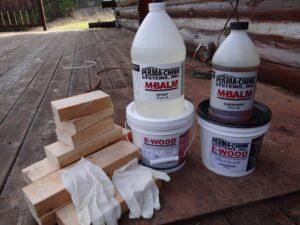
How To Repair Log Rot?
Jeff Kyger of Northwest Log Home Care showed us a decay issue and the resolution utilizing M-Balm and E-Wood to repair the log. While it is a handy storage space for sports equipment, the decay could have progressed deep in the wood and compromised the home. Jeff was able to repair the log decay damage with M-Balm and E-Wood.

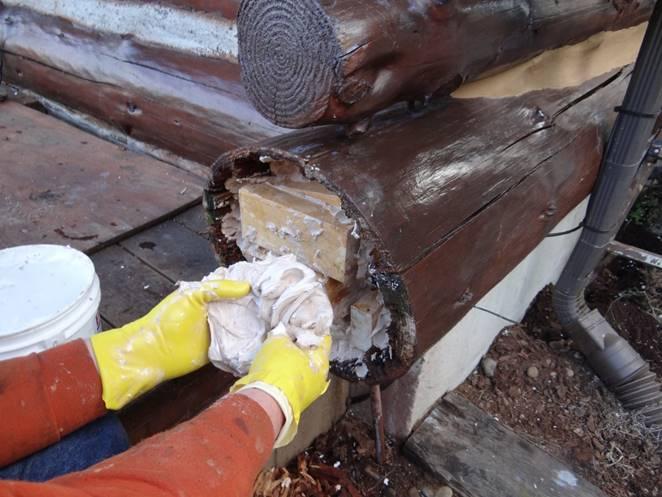
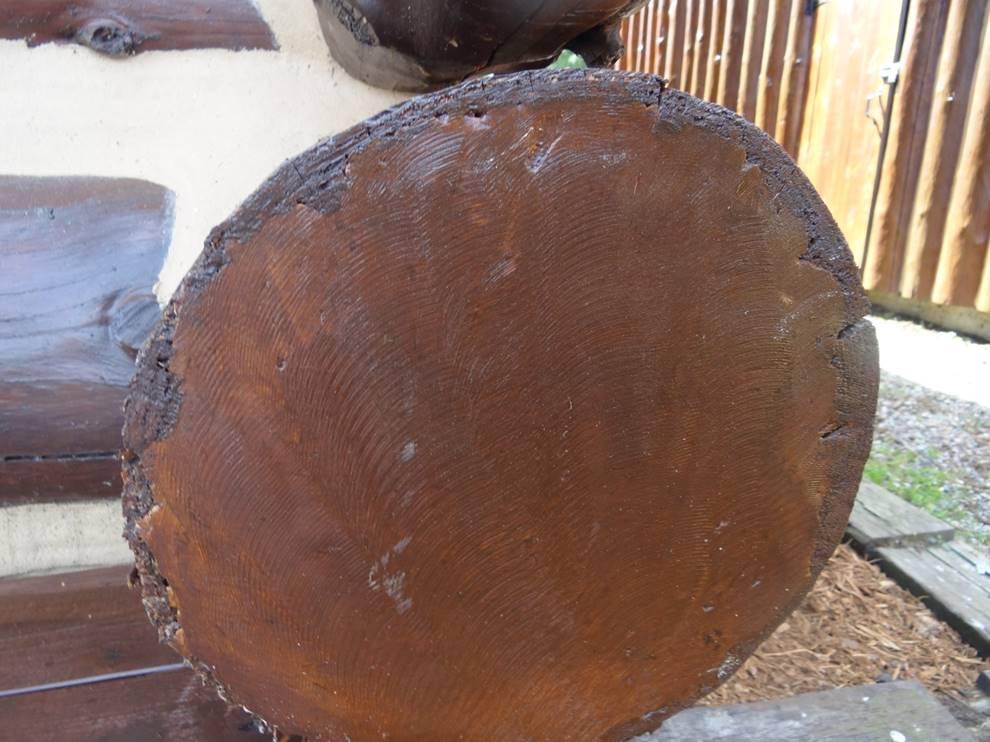
The first step in repair is to clean out the decay and get the log dry.
We recommend applying Shell-Guard RTU to the cleaned area to eliminate any possible decay fungi and prevent future infestation. Once the decay cavity has dried, coat the exposed wood with M-Balm to bond loose fibers and create a solid bonding surface area for the filler agent. M-Balm epoxy liquid penetrates deeply into porous wood, curing and hardening into a strong water-resistant mass that includes the original wood fibers and the epoxy mixture.
E-Wood epoxy can be stained with Lifeline stains during mixing or after application to match your log home color.
What About Small Areas of Wood Rot?
For small voids, use E-Wood Paste. E-Wood paste epoxy works excellent on window trims, small checks on log ends and other places where putty may be difficult to apply.
How To Find Log Rot?
Regularly inspect your home for rot and stop it from spreading and causing an expensive repair. We recommend annual inspections every spring season, where cleaning the home allows a focused look at your log home. With Perma-Chink System’s wood restoration products M-Balm and E-Wood, decay can be repaired and your home restored to like-new condition.
Check out our tech tip on repairing large voids, and our other Tech Tips for more in-depth instructions on maintaining and repairing your log home.
If you have any questions or need to order product, call us at 1-800-548-3554.

